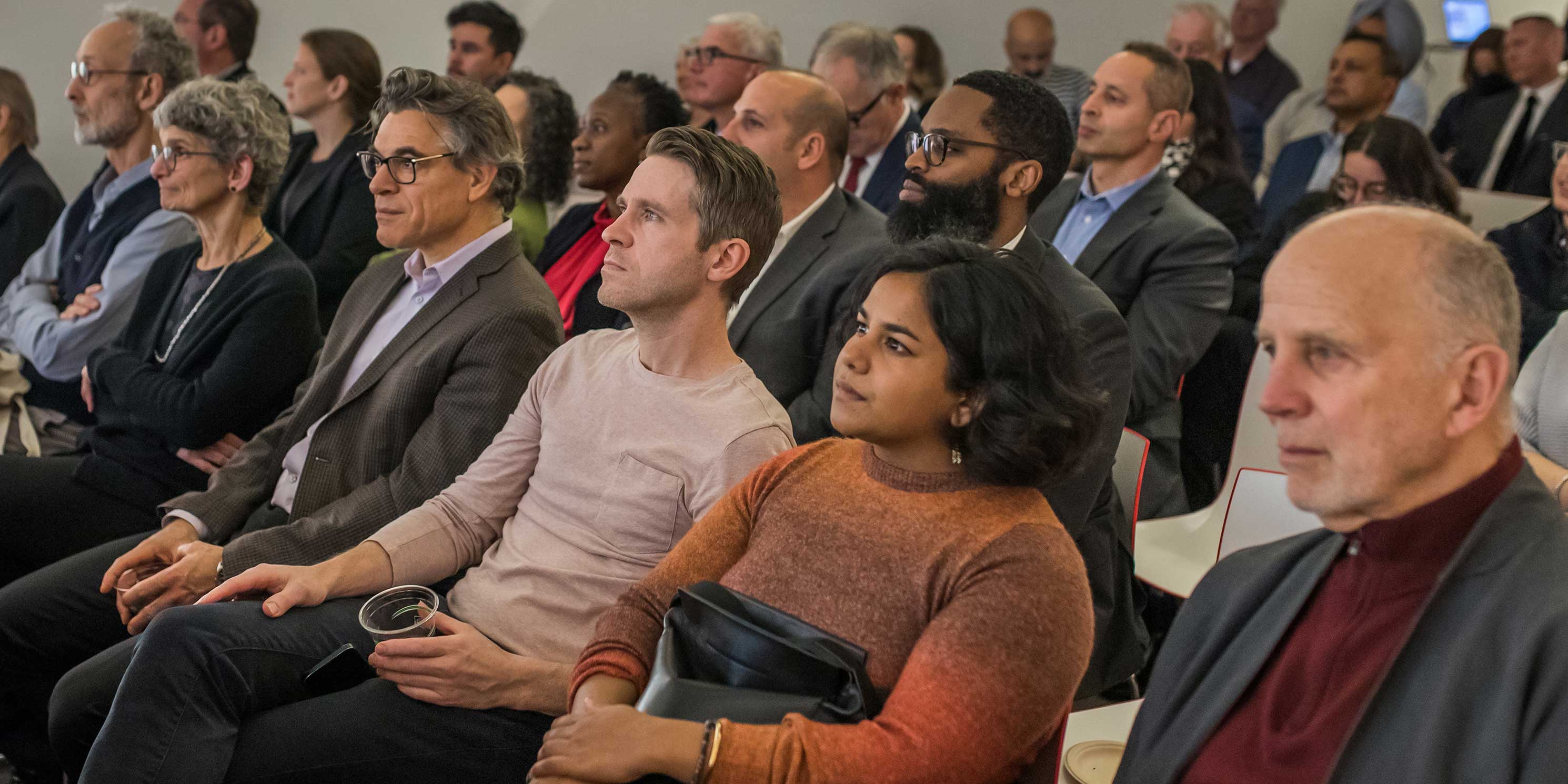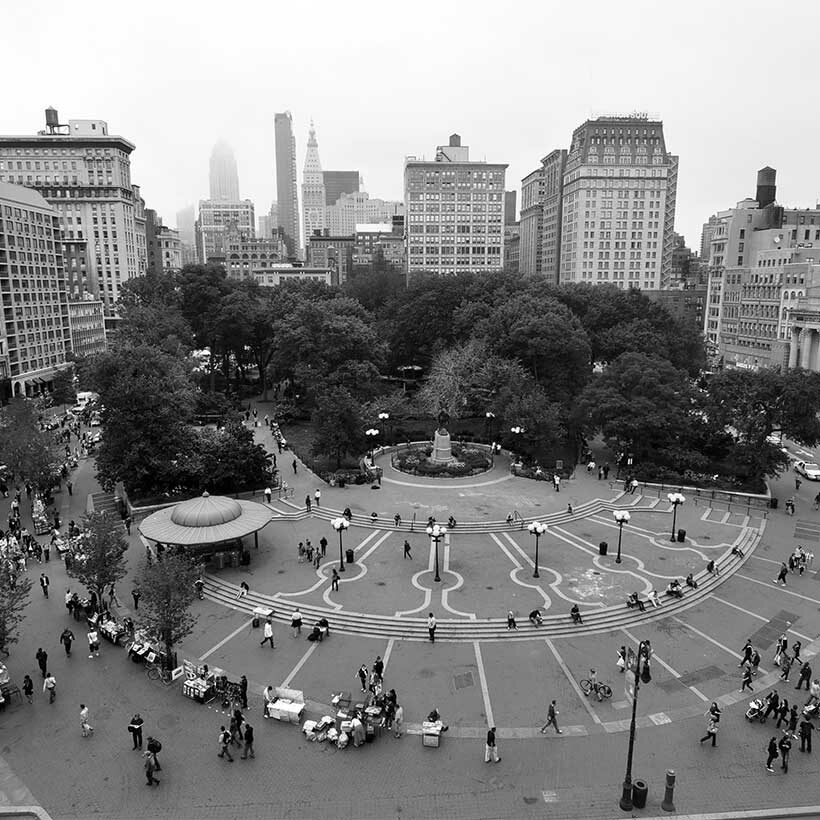MAS Comments on Sky House Condominium
MAS supports the appeal by Sky House Condominium regarding the issuance of a building permit
The Municipal Art Society of New York (MAS) supports the October 11, 2016 appeal by Sky House Condominium regarding the issuance of a building permit by the New York City Department of Buildings (DOB) authorizing the construction of a fifty-one story residential building on 15 East 30th Street in Manhattan (Block 860, Lots 12, 63, 64 and 69).
MAS believes that DOB’s determination regarding the compliance of the proposed tower with the New York City Zoning Resolution is incorrect and that the Board of Standards and Appeals (BSA) must find the building permit to be invalid.
Download Testimony
Structural Voids and Mechanical Floors
The developers of 15 East 30th Street have sought to construct five mechanical floors (floors 2 to 4 and floors 50 and 51), comprising over 172 feet in height. This amounts to approximately 23 percent of the total tower’s volume being “used” for accessory mechanicals.
The zoning resolution is clear in its determination that, with the exception of certain uses such as mechanical space, enclosed spaces should count as floor area. However, the applicants describe this area as a “structural void,” housing only a limited amount of mechanical equipment. MAS questions what type of mechanical, electrical, and plumbing equipment demands such a staggering volume.
Unfortunately, the practice of using “structural voids” to boost height in building design has become a phenomenon in New York City. Many new towers disguise these voids as accessory building mechanicals with the intention of extending heights, improving views, and ultimately increasing prices. Several developments currently under construction in the city have exploited this misrepresentation of the zoning resolution, perhaps most notably at 217 57th Street (also known as the Nordstrom Tower) where 350 feet of its height is dedicated to a structural void.

DOB’s interpretation of permitted exemptions for contributing floor area under Section 12-10 of the zoning resolution has resulted in structural voids being applied in developments without any regulatory limit. This practice severely undermines the 12 FAR limit on residential buildings mandated by the New York State Multiple Dwelling Law. Without proper examination and the assessment that all such space is necessary for building mechanicals, MAS believes DOB is misrepresenting the zoning resolution and making policy on behalf of lawmakers.
Therefore, we strongly urge the BSA to examine the primary use of these spaces and whenever necessary, reject or rescind building permits whose project proponents seek to exploit the zoning resolution with regard to permitted accessory mechanical space.


